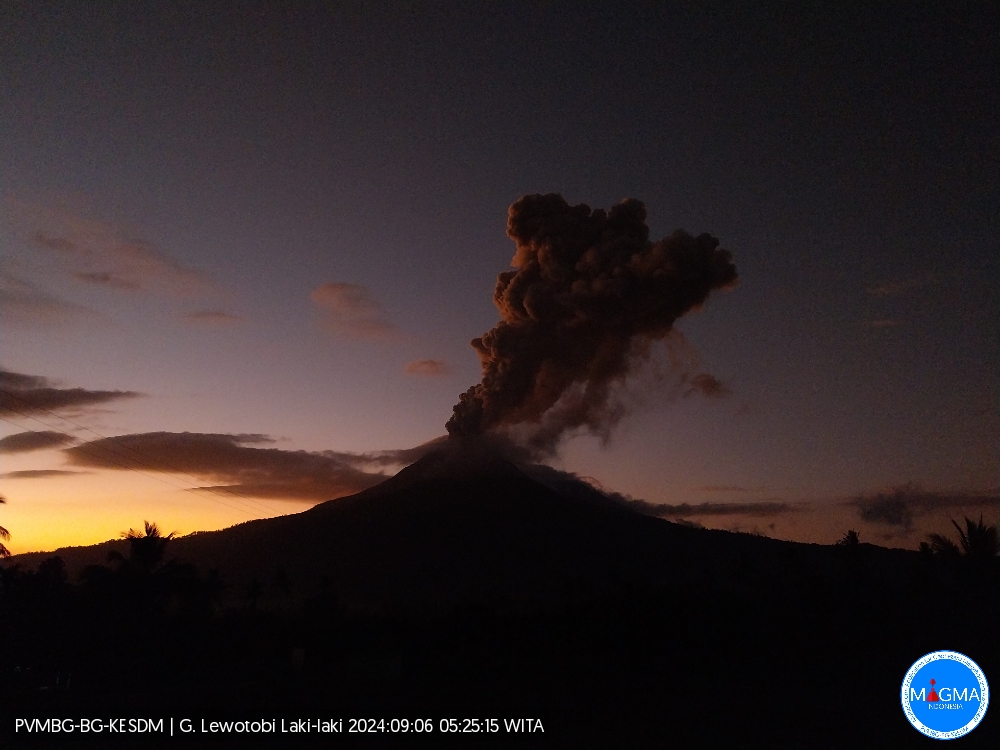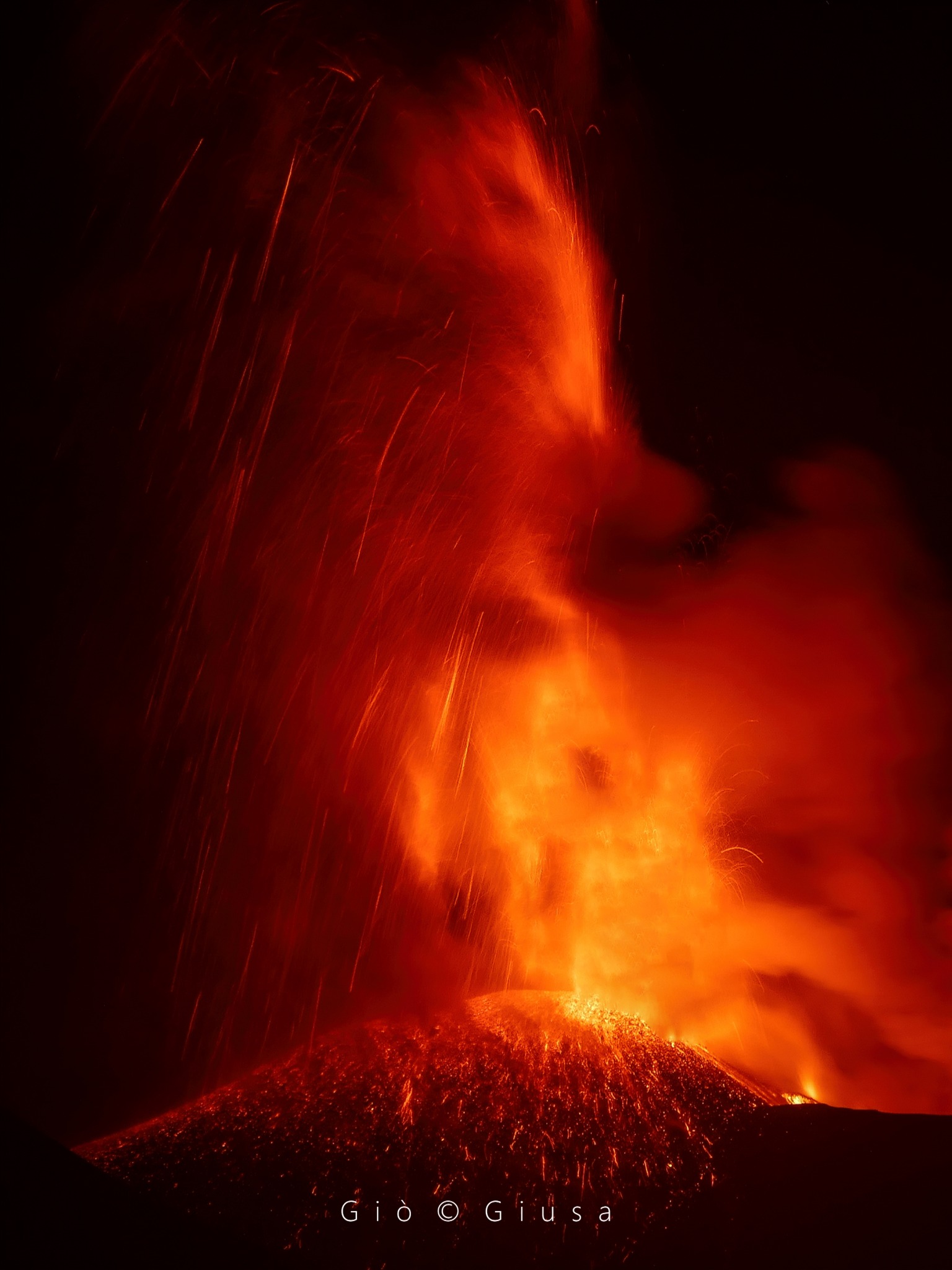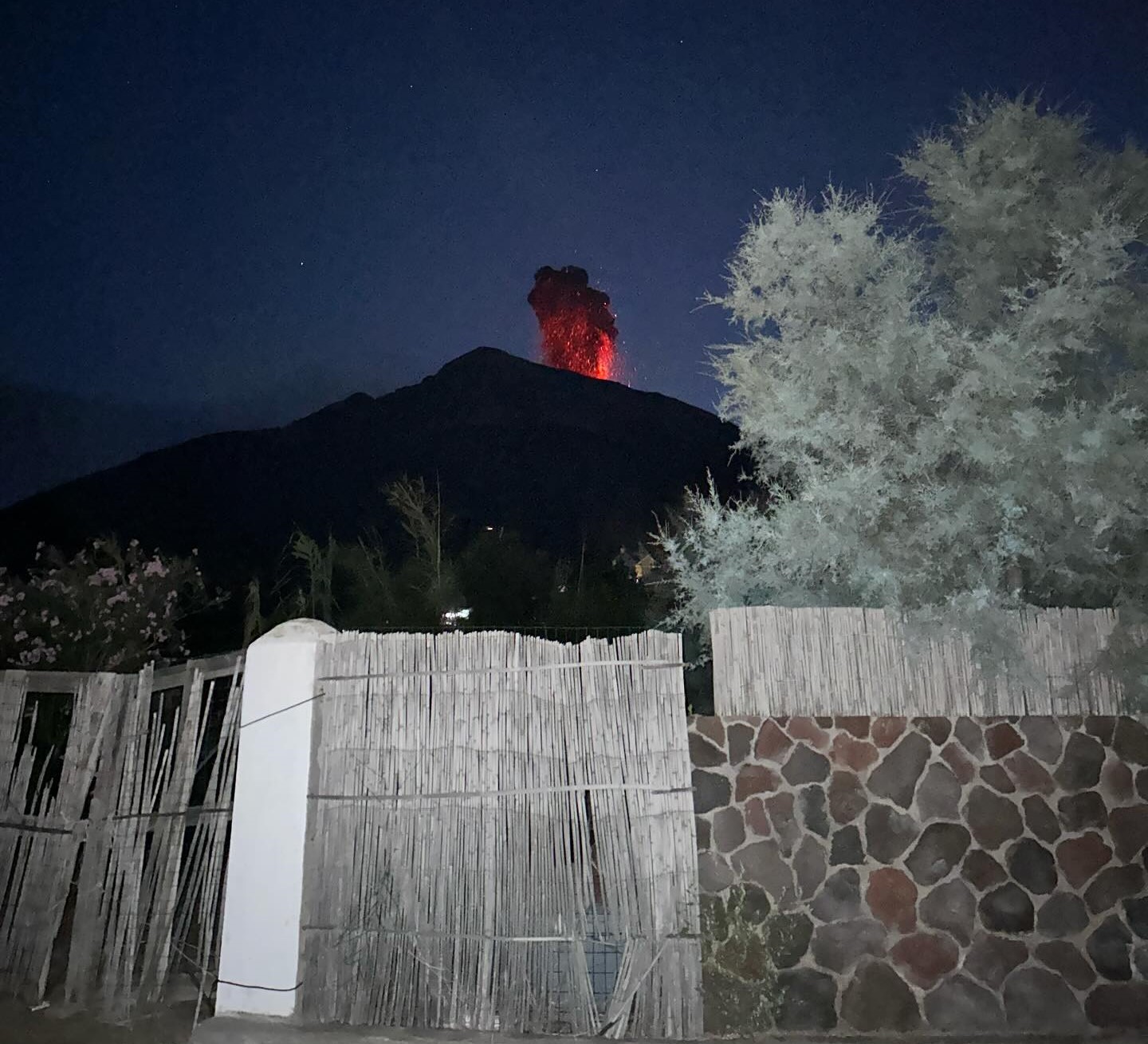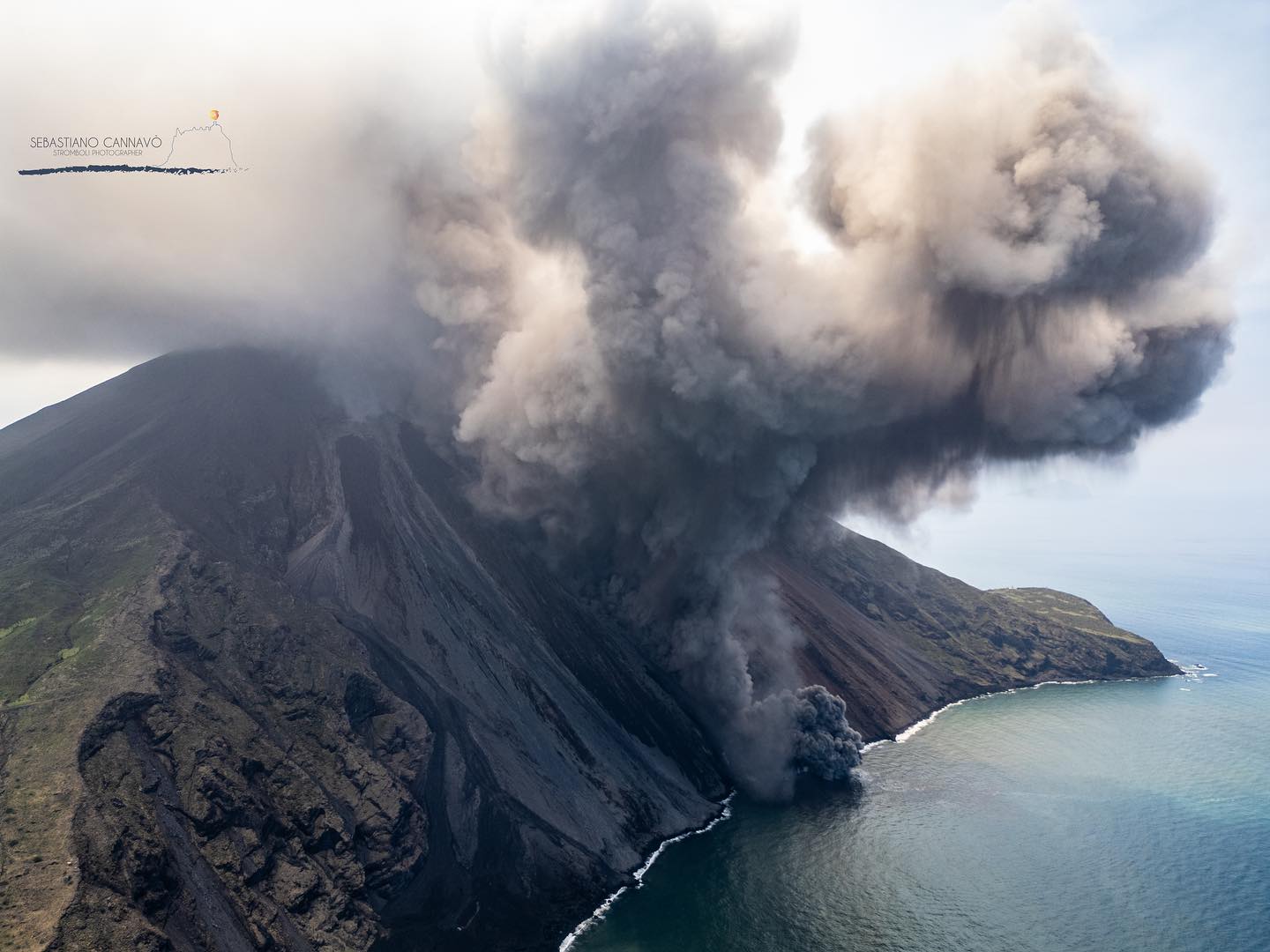September 06, 2024. EN. Kamchatka : Klyuchevskoy , Japan : Satsuma Iwo-jima / Kikai , Iceland : Reykjanes Peninsula , Indonesia : Lewotobi Laki-laki , Colombia : Chiles / Cerro Negro .
September 06 , 2024 . Kamchatka , Klyuchevskoy : A sudden increase in seismicity at Klyuchevskoy during 1-3 September prompted KVERT to raise the Aviation Color Code to Yellow…





